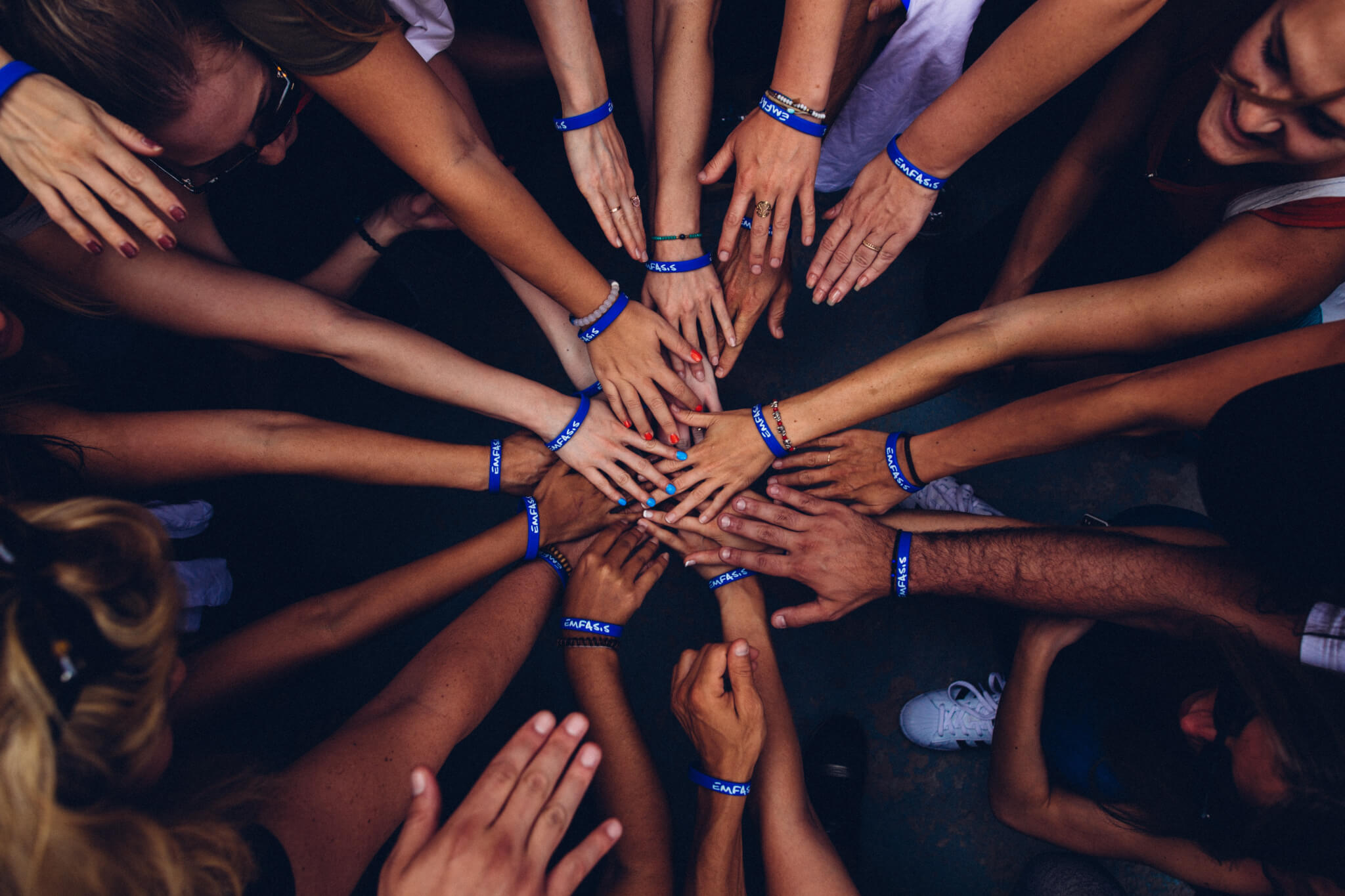Ethiopia is poised to become one of the 17 countries in which UNFPA and UNICEF have launched a joint programme for the abandonment of FGM/C.
The joint programme which has duration of three years was launched in the Afar National Regional State at an official ceremony in Semera yesterday. The joint programme has an overarching goal of accelerating the abandonment of FGM/C in all countries by expanding already existing efforts and declaring at least one country FGM/C free by 2012, UNICEF said in a statement.
Female Genital Mutilation or Female Genital Cutting (FGM/C) refers to the removal of all or parts of the external female genitalia or to other injury to the female genital organs for non-medical reasons. Some 3 million women and girls around the world face FGM/C every year, while some 100 to 140 million have already undergone the practice. Female genital mutilation/cutting is nearly always carried out on minors and is therefore a violation of the rights of the child.
The practice also violates the rights to health, security and physical integrity of the person, the right to be free from torture and cruel, inhuman or degrading treatment, and the right to life when the procedure results in death.
In Ethiopia, the 2005 Demographic and Health Survey (DHS) found that three out of four women have undergone the harmful practice. Notably, the DHS reports that “[Fewer] than one in three women who have heard of FGM/C believe that the practice should continue.” Some encouraging progress has been made towards abandoning FGM/C in Ethiopia in recent years. The national prevalence of FGM/C has declined from 80 % in 2000 to 74 % in 2005. Support for the practice has also declined over the same period: from 60 % to 31 % (EDHS 2005).
However, in Afar and Somali regions the prevalence is still high at 91.6% and 97.3% respectively (EDHS 2005). In these two regions, the most severe form of FGM/C, infibulations, is practiced. This involves the entire removal of the clitoris, the labia minora and labia majora, then the sealing of the wound to allow for a small hole through which the woman can urinate and menstruate.
The statement said the main strategic approach of the UNFPA-UNICEF joint programme on FGM/C is to gain the support of an initial core group, which decides to abandon FGM/C and mobilizes a sufficient number of people to facilitate a tipping point-thereby creating a rapid social shift of the norm. The programme conforms to a development model based on national ownership and is designed to foster mutual accountability and partnerships between donors and partner countries, and to involve civil society and communities themselves at grass-roots level. A core feature of implementation is partnership with government authorities, both at decentralized and national levels; with religious authorities and local religious leaders; with the media; with civil society organizations; and with the educational and reproductive health sectors. The most important stakeholders within the community-who are simultaneously beneficiaries-are the girls and women who suffer from harmful traditional practices like FGM/C.
Source: The Daily Monitor 25 November 2008

